
BOEING: Suspends flights of 777s with the Pratt & Whitney 4000 – the engine that blew up out of Denver yesterday
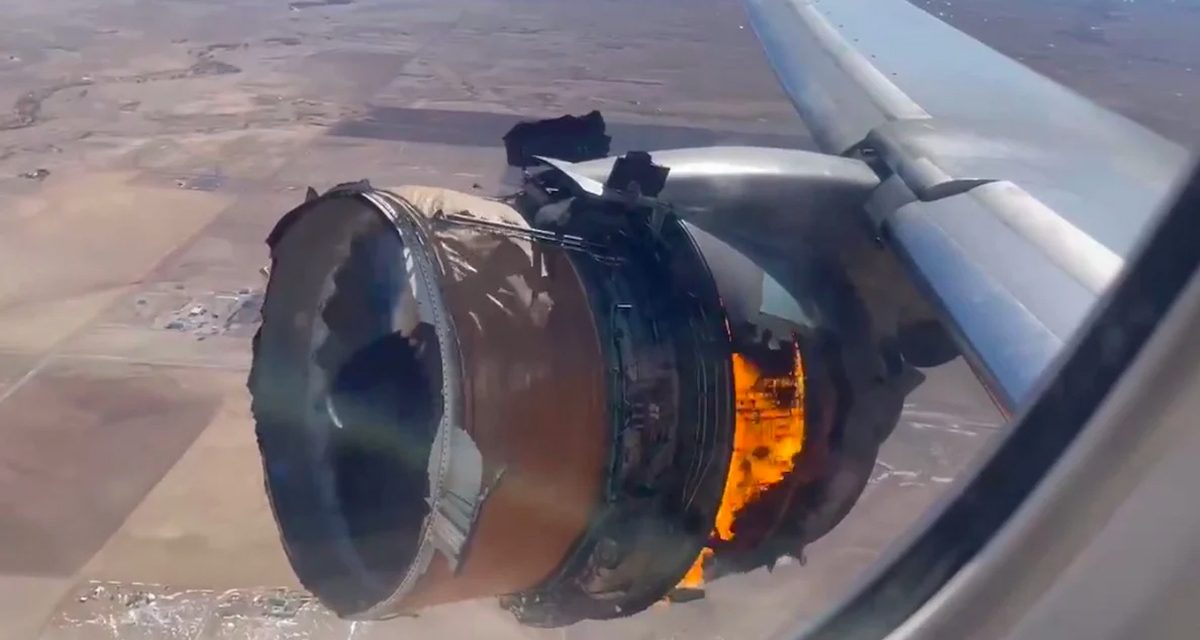
Last Updated on December 11, 2023 by 2paxfly
By now, you have probably seen the spectacular footage of the blown up 777 engine and debris falling out of the sky and landing in domestic back yards around Denver Airport.
Content of this Post:
No-fly recommendation
Boeing have since recommended not flying any 777 jets that have the same Pratt & Whitney 4000 engine unitl such time as the Federal Aviation Administration has recommended the appropriate inspection protocol.
United voluntarily removed its 24 active planes with this engine a few hours before the Boeing recommendation.
The 777-200 and 777-300 models with this engine, tend to be older models, which is not to say there is anything inherently unsafe about them. They are only operated by United Airlines, and airlines in Japan and Korea.
There was a previous incident back in 2020 when a Japan Airlines plane
The damage
The National Transportation Safety Board (NTSB) which is investigating the incident reported that most of the damage was confined to the right engine, with only minor damage to the rest of the aeroplane.
That major damage to the engine included the inlet and casing separating from the engine and two fan blades fracturing, damaging the rest of the fan blades.
Similar incidents with similar planes and engines?
On December 4, 2020, a JAL flight out of Naha Airport to Tokyo International Airport returned to the airport due to a malfunction in the left engine about 100kms after takeoff.
Co-incidentally the plane was the same age as the 26-year-old United Airlines aircraft involved in the latest incident.
Back in February 2018, a similar aged 777 with Pratt & Whitney engines also operated by United heading to Honolulu suffered an engine failure with cowling falling off the plane about 30 minutes prior to landing. That incident was due to a full-length fan blade fracture.
Pratt & Whitney after that accident reviewed inspection records for all previously inspected PW4000 fan blades, and the FAA in March 2019 issued a directive mandating initial and recurring inspections of the fan blades on that type of engine.
2PAXfly Takeout
This is another timely reminder to wear your seatbelt when seated. Holding you close to your seat will protect you from the sort of injuries sustained on this flight, when unsecured passengers flew to the ceiling of the aircraft, and then came crashing down once the ‘drop’ ceased.
The hope will be that this is an anomaly – a ‘freak accident’ in casual parlance. If it is a systemic error either mechanical or electronic, then this is a larger concern for the airlines that fly Boeing Dreamliner 787 aircraft. Let’s hope it isn’t. If it is, it will pile on the woes to Boeing’s existing stack.
Glad I wasn’t on that flight, even though everyone reached ground safely.
I always feel more secure on 4 engine planes like my beloved A380s, but it is good to know that even on a 2 engine plane, the failure of one engine does not mean instant disaster.
Those plane and engine designers, along with the air and flight crew deserve our praise for designing and operating such amazingly complex but safe aircraft.

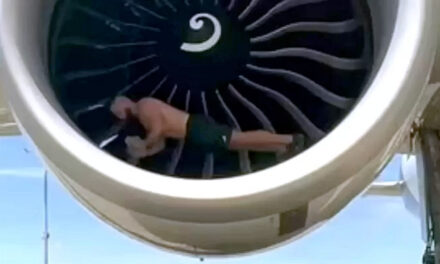






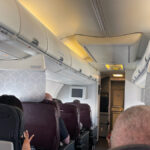





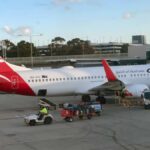


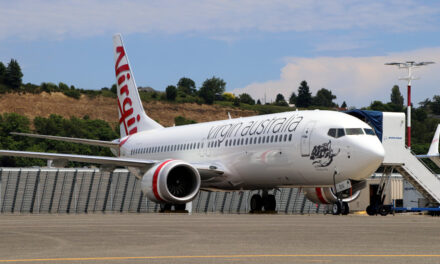

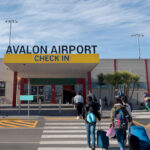



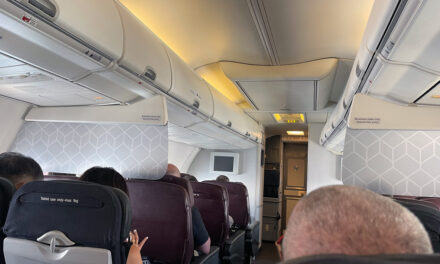






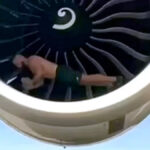


What did you say?